Galaxy Killer Black Hole Revealed By Webb Space Telescope
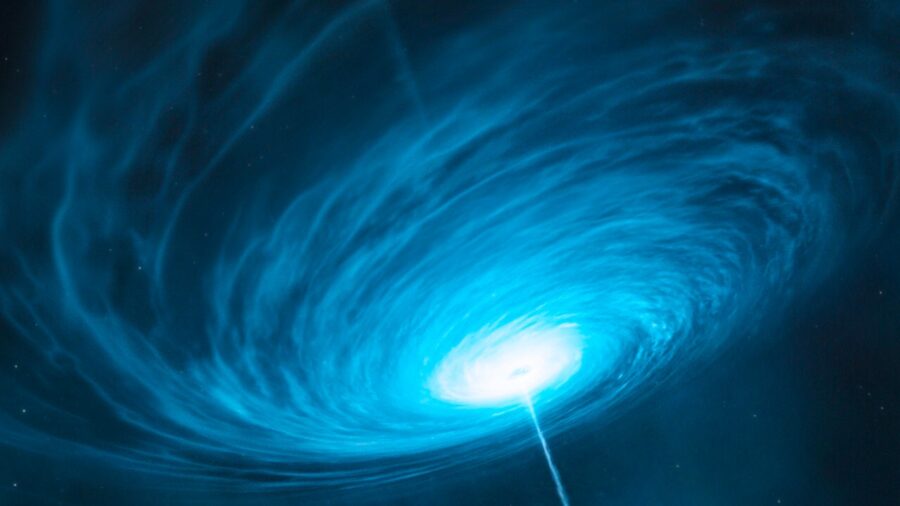
While using the James Webb Space Telescope, a team of astronomers made a chilling discovery in the early universe, confirming that a supermassive black hole has the capability of becoming a galaxy killer by draining the surrounding area of its precious resources.
According to the astronomers, a black hole was draining its host galaxy of the fuel it needed to form new stars, essentially causing the galaxy to starve to death. This discovery marks a historic milestone in astronomy, becoming the first time that astronomers have observed the process of a galaxy dying.
Pablo’s Galaxy
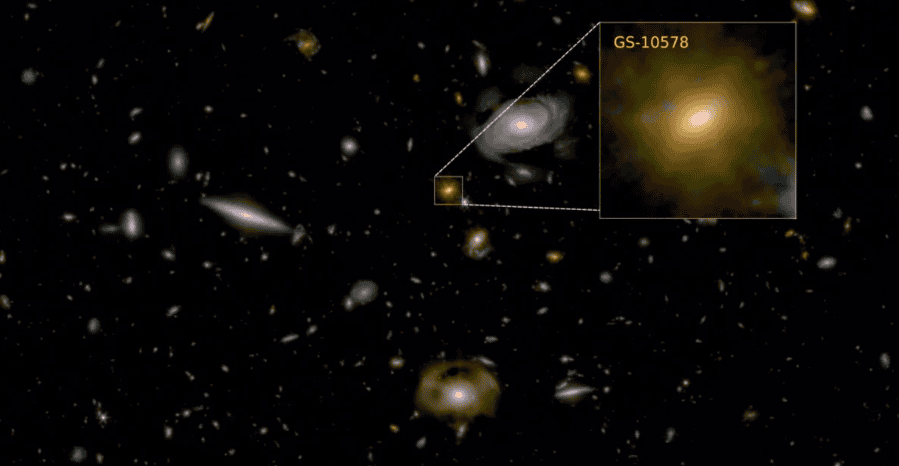
The discovery of the black hole galaxy killer was made by an international team of astronomers, led by University of Cambridge scientists who studied the early galaxy officially named GS-10578, also known as Pablo’s Galaxy, named after the member of the research team who first chose to closely observe the galaxy.
Pablo’s Galaxy is located about 11.5 billion light-years away from Earth and is about the size of the Milky Way Galaxy. While using the James Webb Space Telescope, the team of astronomers observed the black hole in the center of the galaxy, common for most galaxies, but they also noted that it also stopped forming new stars, a sign that a galaxy has in fact died.
Confiming Their Beliefs
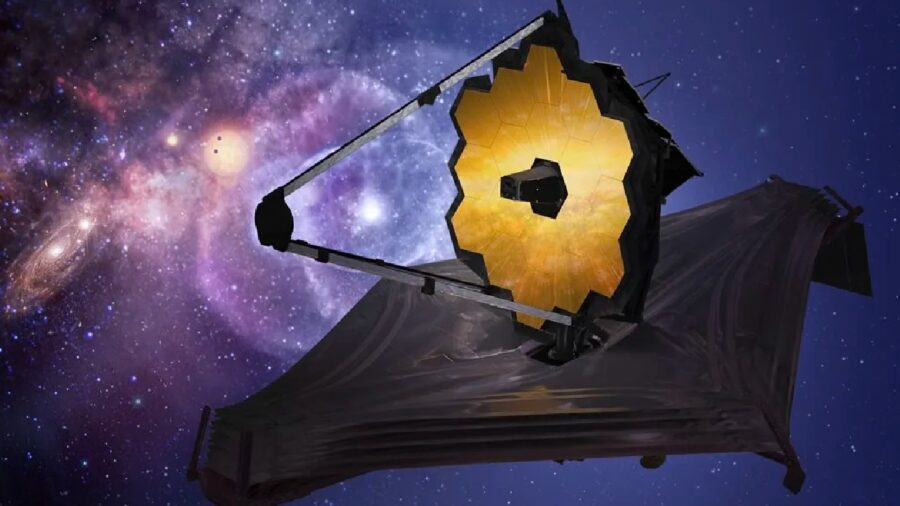
Francesco D’Eugenio, a researcher from Cambridge’s Kavli Institute for Cosmology, explained that the team of astronomers attempted to find a correlation between the black hole and Pablo’s Galaxy’s death. “Based on earlier observations, we knew this galaxy was in a quenched state: it’s not forming many stars given its size, and we expect there is a link between the black hole and the end of star formation,” D’Eugenio said in a statement.
“However, until the [James Webb Space Telescope], we haven’t been able to study this galaxy in enough detail to confirm that link, and we haven’t known whether this quenched state is temporary or permanent.”
Quickly Pushing Gas Away
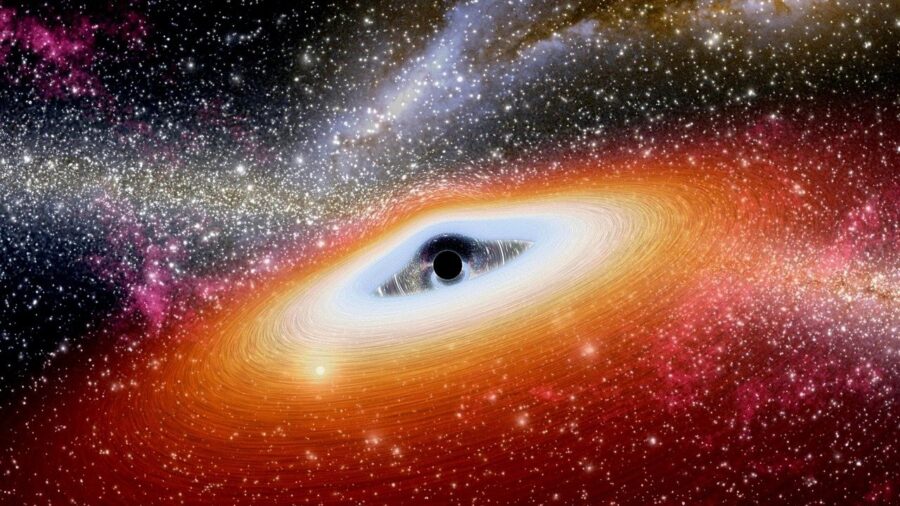
Thanks to the James Webb Space Telescope, the team of astronomers was able to determine that the supermassive “galaxy killer” black hole at the heart of Pablo’s Galaxy is responsible for creating a massing amount of force that could push vast amounts of gas away at speeds as high as 2.2 million miles per hour.
Throughout the team’s observation of Pablo’s Galaxy, they noted that the sheer amount of speed allowed the gas to escape without much resistance, despite the galaxy’s gravitational pull. Without the gas, the formation of stars then becomes impossible, effectively turning the black hole into a galaxy killer.
Cutting Off The Galaxy’s Source Of Food
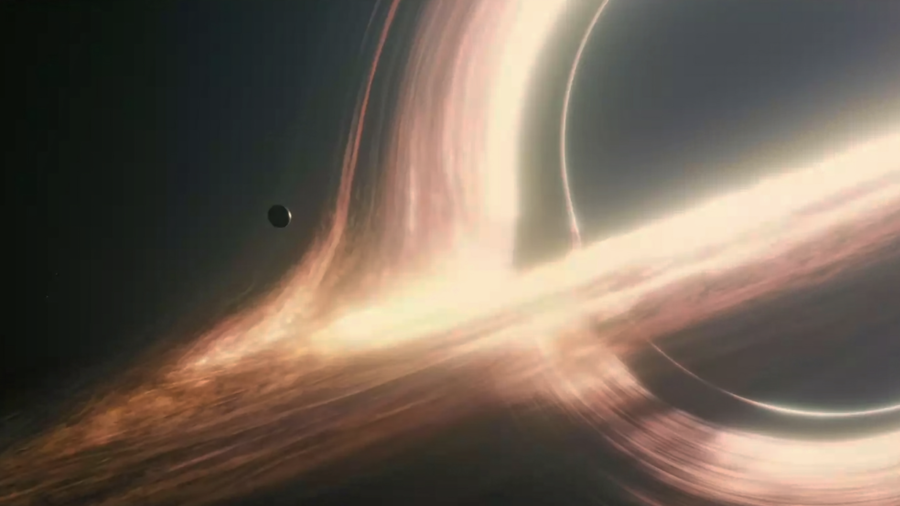
According to D’Eugenio, once the team managed to observe the black hole’s influence on Pablo’s Galaxy, they were able to get a clear idea of how the galaxy had become starved. “We found the culprit,” said D’Eugenio. “The black hole is killing this galaxy and keeping it dormant, by cutting off the source of ‘food’ the galaxy needs to form new stars.”
A Groundbreaking Discovery
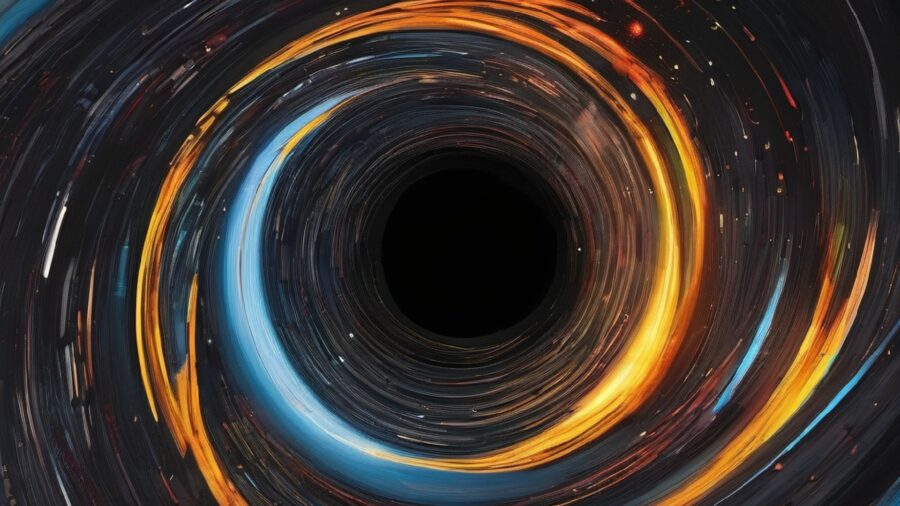
Despite previous theoretical models which predicted the role of supermassive black holes becoming galaxy killers, the discovery made by D’Eugenio and the team of researchers is the first time that astronomers have had concrete visual proof of the occurrence.
While the earlier models hinted at a violent and messy end during a galaxy’s death, the starvation of Pablo’s Galaxy has proven that a dramatic death is not always a given, retaining it’s original shape despite the lack of new stars forming.
Source: Nature Astronomy












